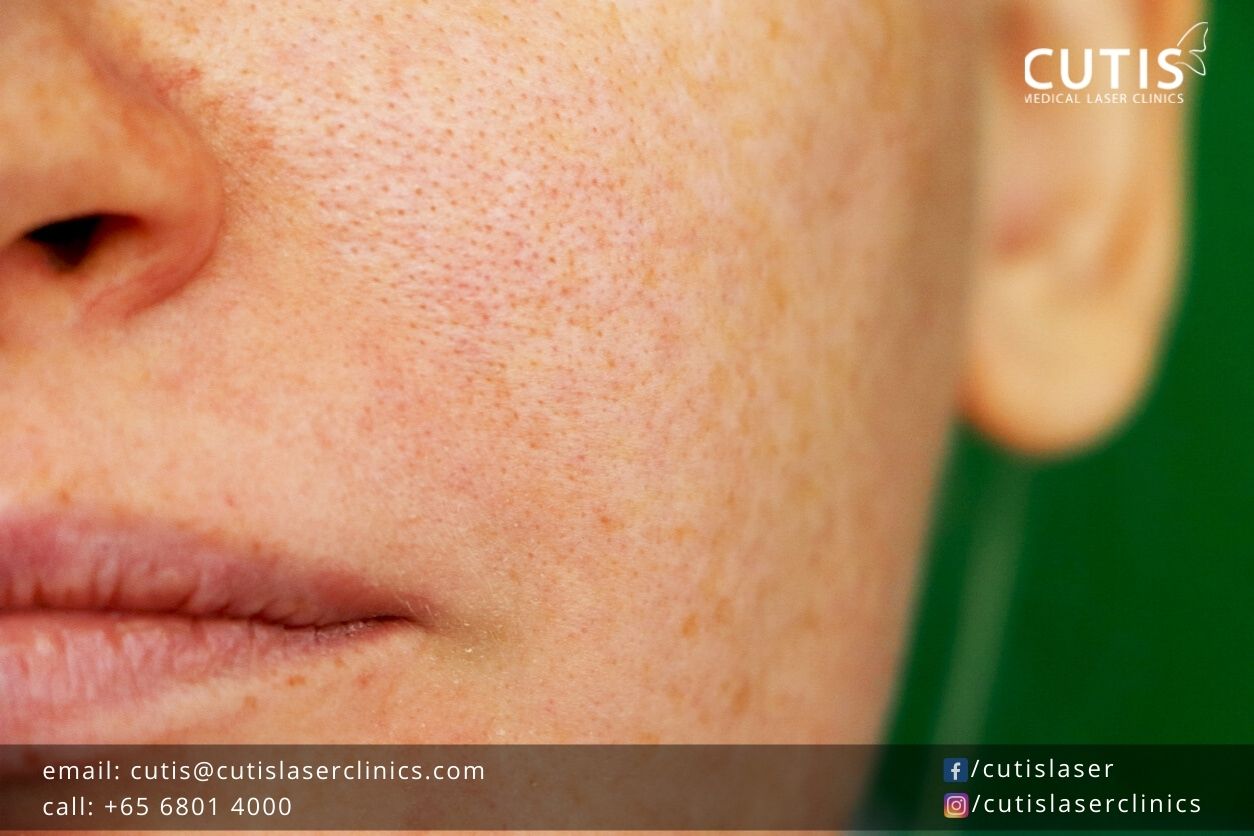 Your skin color can sometimes change due to an injury, inflammation, or trauma. In most cases, you may develop hyperpigmentation or skin spots and patches that appear darker than your natural complexion. There are also instances, however, where you may develop hypopigmentation or patches of skin that are lighter than your skin tone.
Your skin color can sometimes change due to an injury, inflammation, or trauma. In most cases, you may develop hyperpigmentation or skin spots and patches that appear darker than your natural complexion. There are also instances, however, where you may develop hypopigmentation or patches of skin that are lighter than your skin tone.
Continue reading to learn more about the differences between hyperpigmentation and hypopigmentation.
Hyperpigmentation
Also known as skin pigmentation, hyperpigmentation shows up as darkened patches that vary in size and color. It usually appears on areas that are constantly exposed to the sun, such as the face, neck, shoulders, and back of hands. You are most likely to have it if you have dark complexion due to stronger skin pigmentation in dark skin.
There are different types of hyperpigmentation. These include:
- Age spots or sun spots – small, darkened patches caused by sun exposure.
- Melasma – believed to be triggered by hormones; common in pregnant women and those taking oral contraceptives.
- Post-inflammatory hyperpigmentation or PIH – can be due to skin injury or trauma (like acne) that heals and leaves some form of discoloration behind.
An increase in melanin (pigment that gives the skin, hair, and eyes their color) is the cause of hyperpigmentation. A number of factors can trigger an increase in the production of melanin. These include:
- Sun exposure
- Hormonal fluctuations
- Aging
- Inflammation and skin injuries
- Certain illnesses and medications
Treatment for hyperpigmentation
Some pigmentation, especially those that have little contrast to your natural skin, can improve on their own over time. Recovery rates or the speed of fading can still vary from patient to patient. If you’re dealing with dark spots and want to lighten them faster, some treatments can help. These include:
- Limelight™ Photo Facial – This uses an FDA-cleared “intense pulsed light” technology to treat freckles, pigmentation, and light brown spots on the face, neck, and décolleté with dark spots, skin redness, and tiny facial veins.
- Pearl™ Skin Resurfacing – This also uses pulses of light to treat and address acne scars, sun damage, freckles, wrinkles, and other types of hyperpigmentation.
- VI Peel Precision Plus – This is a type of VI Peel designed for treating pigmentation and skin discoloration. It can help lighten sun damage, melasma, UV induced pigmentation, and PIH.
Hypopigmentation
If hyperpigmentation appears as darkened or brown patches, hypopigmentation shows up as pale or light spots. This develops when there is a lack of melanin or pigment in the skin. Hypopigmentation may affect the whole body (generalized) or just small areas (localized).
Hypopigmentation may be more visible in people with darker skin due to the contrast of color between white patches and the natural skin tone. A number of factors can cause hypopigmentation, such as:
- Skin injuries or traumas
- Incorrectly administered cosmetic treatments like lasers and chemical peels
- Certain chronic conditions
Hypopigmentation may also be associated with certain skin conditions, including:
- Albinism – This is a rare disorder wherein the skin cannot produce melanin. People with albinism have white or extremely pale skin, as well as white hair and eyes that are light blue in color.
- Vitiligo – This appears as smooth, white spots/patches on the skin that may occur all over the body or just certain areas like the face or arms. It can also affect the hairs and develop on the inside of the mouth. The exact cause of vitiligo is not known.
- Pityriasis alba – This is a type of dermatitis that commonly occurs in kids and young adults. It appears as white and a bit raised patches on the face and usually affects those with dark complexion. Its main cause is unknown, but is believed to be associated with eczema.
Treatment for hypopigmentation
The right treatment for hypopigmentation usually depends on its cause. There are also cases where people with this condition choose not to treat hypopigmentation, especially if there are no accompanying bothersome symptoms.
Also, treatment may not be necessary if hypopigmentation is due to an injury or acute inflammation. This is because it is common for the skin color to return to normal without any intervention. Some, however, may use topical creams or lotion to reduce discoloration or lessen dryness or itchiness that may come with the skin condition.
For certain conditions like albinism and vitiligo, it is best to talk to your healthcare provider in managing the condition and the things you can expect both short-term and long-term.
If you’re dealing with hyperpigmentation and are looking to lighten your dark spots, contact Cutis Medical Laser Clinics in Singapore. Get in touch with us or schedule a consultation with our aesthetic doctor to find out more about your treatment options for glowing and healthier skin.
- If you would like to be an informed patient, please contact us at +65-6801-4000 or
hello@cutislaserclinics.com. - Cutis Medical Laser Clinics, 9 Scotts Road Pacific Plaza, Scotts Medical Center #08-07, Singapore – 228210
+65-6801-4000 - hello@cutislaserclinics.com

You must be logged in to post a comment.